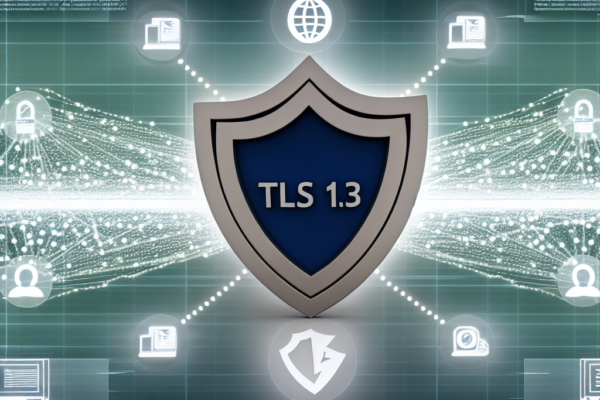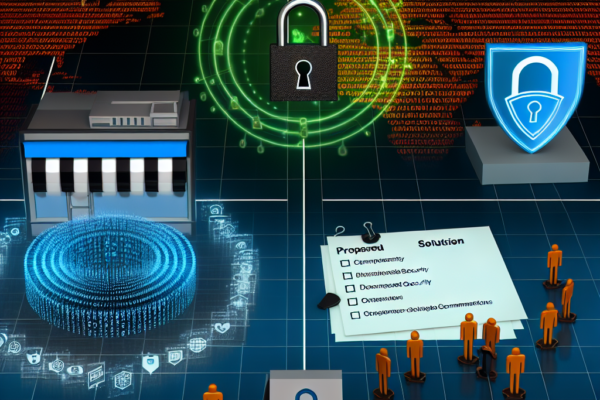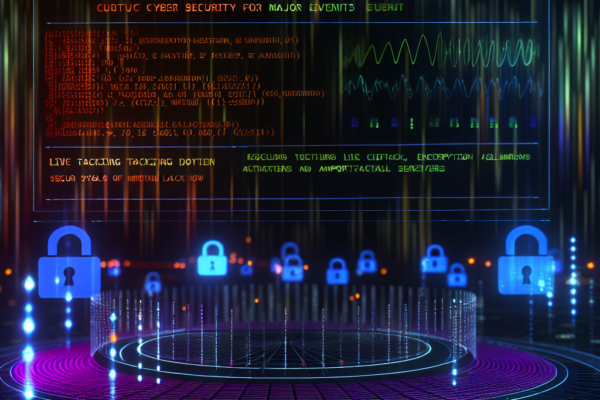
Protect your customers to protect your brand
We are excited to release a set of documents aimed at assisting organizations in safeguarding their customers against various cyber-enabled crimes, including fraud. This updated guidance is applicable to any organization with an online presence, with a particular focus on those offering online customer accounts or those at risk of being impersonated by criminals attempting…








